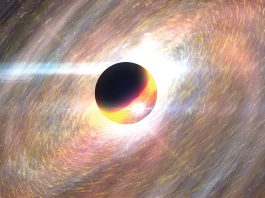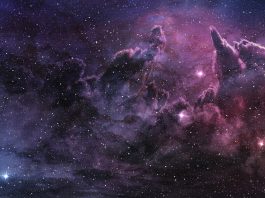A new study from the University of Zurich (UZH) Switzerland, examined the star formation activity in distant galaxies using a data-driven re-analysis of observational measurements.
According to re-analysis of observational measurements, the star formation activity of typical, nearby galaxies is found to scale proportionally with the amount of gas present in these galaxies. This indicates that net gas supply from cosmic distances is the main driver of galactic star formation.
Stars are born in dense clouds of molecular hydrogen gas that permeates the interstellar space of most galaxies. While the physics of star formation is complex, recent years have seen substantial progress towards understanding how stars form in a galactic environment.
While the gas mass of galaxies is regulated by a competition between gas inflows, outflows and consumption, the physics of the gas-to-star conversion is currently not well understood. Given its potentially critical role, many efforts have been undertaken to determine the gas depletion timescale observationally. However, these efforts resulted in conflicting findings partly because of the challenge in measuring gas masses reliably given current detection limits.
The study from UZH’s Institute for Computational Science uses a new statistical method based on Bayesian modelling to properly account for galaxies with undetected amounts of molecular or atomic hydrogen to minimise observational bias. This new analysis reveals that, in typical star-forming galaxies, molecular and atomic hydrogen are converted into stars over approximately constant timescales of 1 and 10 billion years, respectively.
Robert Feldmann, professor at the Center for Theoretical Astrophysics and Cosmology, suggests that extremely active galaxies, known as starbursts, are found to have much shorter gas depletion timescales. He added: “These findings suggest that star formation is indeed directly linked to the overall gas reservoir and thus set by the rate at which gas enters or leaves a galaxy.”









